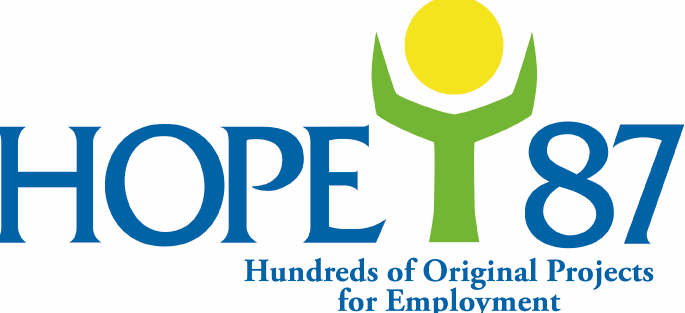by John Condon
Localisation has been highlighted for some time as a necessary component of humanitarian reform aimed at increasing aid effectiveness in a time of ever increasing humanitarian need. The concept has risen to real prominence since the World Humanitarian Summit in 2016 where the international humanitarian community accepted it as one of ten work streams of the “Grand Bargain”. Many have since honed in on the one relatively tangible commitment included in that work stream – namely, to achieve by 2020 an aggregate total of 25 per cent of humanitarian funding going “as directly as possible” to local and national actors.
Unfortunately, the humanitarian community has yet to agree upon what a world would look like where local and national actors directly receive a quarter of all global humanitarian aid funds. The debate around this 25 per cent funding target has perhaps come at the cost of a more principled discussion on what truly lies at the core of localisation – equitable power, resilience and accountability to affected populations.
Some good discussions certainly abound on these latter issues, facilitated by networks like the Charter for Change, NEAR, PHAP, ICVA and Start Network. However, some international actors fear the risks that localisation might bring. For example, some raise legitimate concerns about the protection of humanitarian principles, particularly regarding the impartiality and neutrality of some local civil society actors. Donors may also worry about the challenges to accountability and transparency in the management of taxpayers’ contributions to aid. Some national and local actors, however, have suggested that they need far more space to engage in discussions on these risks and more. They would put forward sound arguments to the contrary of the above, as well as raise legitimate concerns of their own regarding the status quo and the trajectory of the localisation agenda. These concerns include organisational sustainability, staff welfare and security, risk transfer from international to national actors, and wanting to remain true to their local identity.
Research conducted by my colleagues at Trócaire and Groupe URD was one attempt at shining a light on the perspectives of national and local actors. What rings throughout the research is the need for a shift in power relations between actors, both in terms of strategic decision-making and control of resources. In the words of one civil society actor in Myanmar, “Localisation means that local actors should be given more space so they can better participate, shape the situation and positively contribute to the collective work”. Another said, “While the international community is guided by deadlines and guidelines, local actors here are caught between front lines and ethnic lines.”
Trócaire’s research has presented a wide range of recommendations. Importantly, it says that international actors should actively support the inclusion of national and local actors in global discussions about localisation or support global exchanges at the local level. This would ensure the views of local actors are heard and their challenges recognised and explored. It might help transform localisation from being a conceptual debate to a more tangible and genuine shift in policy.


















